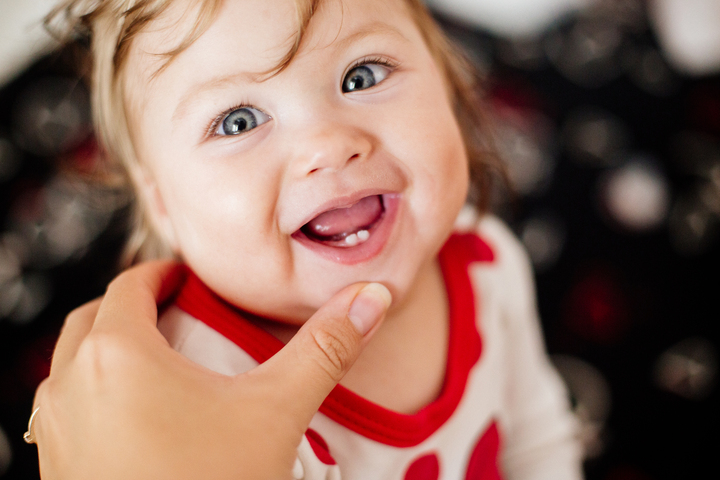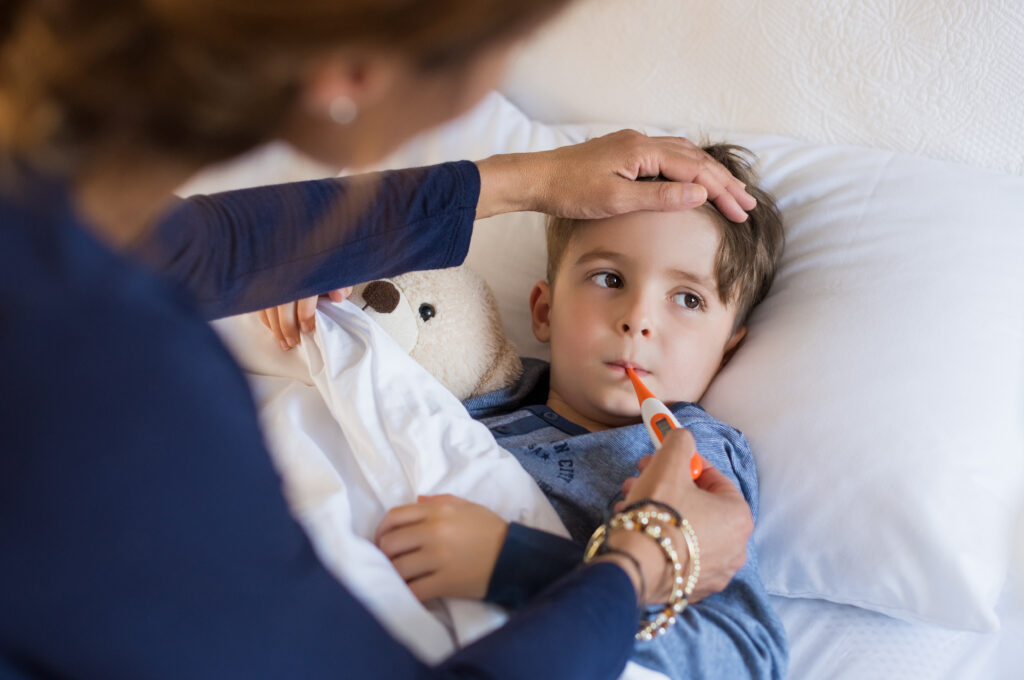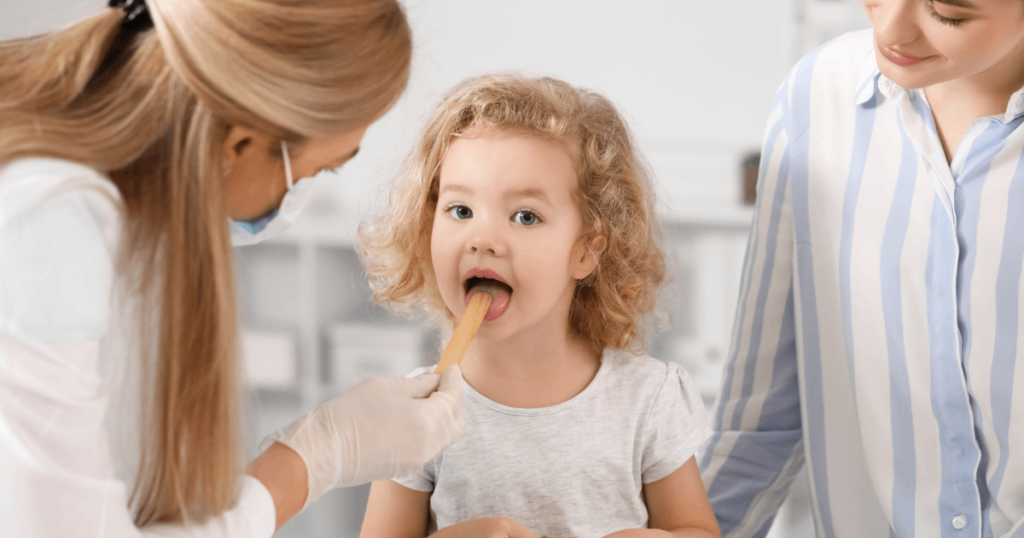When do babies start teething?
A baby’s first tooth is one of those milestone ‘firsts’ we all eagerly watch for – but when does it all start? And what should you expect when it comes to teething?

What is teething?
Teething is the process that occurs when a baby’s tooth starts to ‘erupt’ and breaks through their gums.
It can be an uncomfortable time for some babies and a worrying time for parents – but knowing a little more about what to expect and what you can do to help your little one find relief from swollen, tender gums can lessen the pain — for both of you.
When does teething start?
The important thing to remember when it comes to timing is – there is no ‘normal’ teething time and every baby is different.
Some babies are born with their first tooth while others don’t start teething until after they are 12 months old – but most babies will start teething at around 6 months of age and a baby is likely to have their first tooth by the time they are one year old.
Did you know that your baby’s teeth start developing in the womb long before they’re born?
Our first set of teeth are called ‘primary’ teeth (but are also known as baby, milk or deciduous teeth) and the first buds of these primary teeth start developing in your baby’s jaw early on in the pregnancy at around the 5-week gestation mark.
When your baby is born they will usually have all 20 of their primary teeth hidden away in their gums – 10 in the upper jaw and 10 in the lower jaw – ready to emerge.
When does teething finish?
For an individual tooth – teething can take about eight days – that’s usually around 4 days before the tooth comes through the gum and about 3 days after.
Most children will have finished teething and have their full set of 20 primary teeth by the time they are 3 years old.
While the timing of teething can vary from child to child, the order in which the different types of primary teeth emerge is more consistent.
The following gives a rough guide to the order and timing of when a baby’s different types of teeth usually emerge:
| 1. Bottom front teeth (bottom central incisors) | 6 to 10 months |
| 2. Top front teeth (top central incisors) | 8 to 12 months |
| 3. Teeth either side of the top front teeth (top lateral incisors) | 9 to 13 months |
| 4. Teeth either side of the bottom front teeth (bottom lateral incisors) | 10 to 16 months |
| 5. First back teeth (first molars) | 13 to 19 months |
| 6. Canines (teeth just outside the incisors) | 16 to 23 months |
| 7. Second back teeth (second molars) | 23 to 33 months |
Is my baby teething?
How babies behave during teething can vary. Some teeth can appear without any apparent signs of pain or discomfort while others can leave babies upset or bad-tempered.
Common teething symptoms to watch out for include:
- Red and swollen gums
- Flushed cheeks – particularly on one side
- Ear rubbing
- Dribbling more than usual
- Gnawing and chewing on things
- Finger or fist sucking
- Being more fretful than usual
Relief for teething babies
It’s normal for a baby to experience some pain or discomfort during teething and most symptoms can be managed without medication.
There are different things you can try to help make your child more comfortable including:
- Gently massaging the area with a clean finger or cloth
- Using teething rings or rusks
- Keeping the area around the mouth and chin dry so it does not become sore or irritated
Teething necklaces are not recommended for babies as they are a choking and strangulation hazard. Teething gels are also not usually recommended as they can contain ingredients (such as salicylates or benzocaine) that are not appropriate for use in young children.
In the case where baby needs a little more help, ask your healthcare professional about using age appropriate pain-relieving medications – such as Dymadon Paracetamol for Babies.
ALWAYS READ THE LABEL. FOLLOW THE DIRECTIONS FOR USE. INCORRECT USE COULD BE HARMFUL. IF SYMPTOMS PERSIST, TALK TO YOUR HEALTH PROFESSIONAL.


